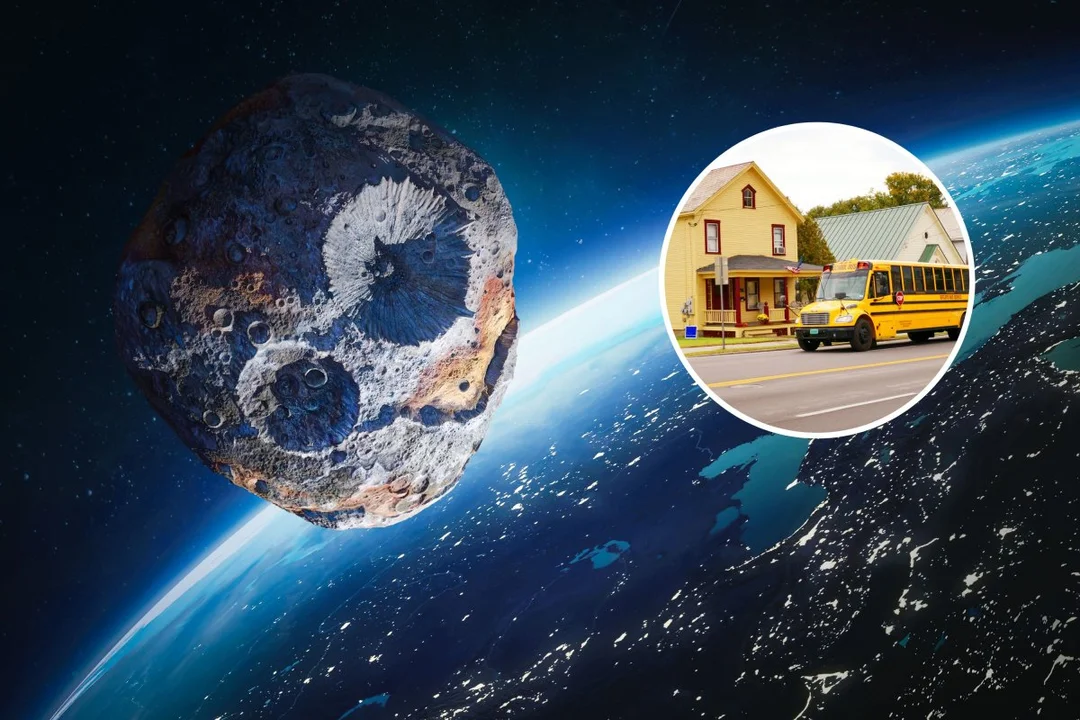
NASA Tracks Trio of Asteroids: Building-Sized Space Rock Heads Earthward
Get ready for a cosmic close encounter! NASA is closely tracking a trio of asteroids, including one potentially as large as a 25-story building, as they make their way towards Earth. While there's no immediate cause for alarm, these flybys offer a fascinating glimpse into the dynamic world of near-Earth objects (NEOs) and the ongoing planetary defense efforts to monitor and understand them.
According to NASA's Asteroid Watch Dashboard, five asteroids will brush past Earth between May 27 and May 28, 2025. Among them is Asteroid 2025 JR, the largest of the group, estimated to be around 250 feet (76 meters) in diameter. To put that into perspective, that's about the size of a building!

While 2.87 million miles (4.6 million kilometers) may seem like a safe distance, it's considered a close shave in astronomical terms, sparking significant interest and observation efforts.
2025 JR is classified as an Apollo-class NEO, meaning its orbit intersects with Earth's. Though not deemed a “potentially hazardous asteroid” because it is below the threshold diameter of 460 feet (140 meters), some scientists suggest that if the asteroid did impact the Earth, the destruction would be devastating.
Alongside 2025 JR, NASA is also monitoring:
- Asteroid 2025 JP: Airplane-sized, expected to fly by on May 27, 2025, at a distance of 3.19 million miles.
- Asteroid 2025 KX3: Bus-sized and will only fly within 211,000 miles of earth on May 28, 2025.
- Asteroid 2025 KW: Another airplane-sized rock coming within 3.07 million miles of Earth on May 28, 2025.
- Asteroid 2025 KU1: A house-sized NEO that also doesn't directly threaten our planet.
These observations underscore the importance of NASA's ongoing efforts to catalog and track NEOs. Their data contributes to more precise future trajectory models. NASA aims to detect 90% of near-Earth objects larger than 140 meters, while closely monitoring potentially hazardous rocks.
Another notable flyby occurred on May 21 with asteroid 2025 KF. Though house-sized, this particular asteroid ventured within approximately one-third of the Earth-moon distance, passing only 71,700 miles from Earth.

While these events pose no immediate threat, they serve as a constant reminder of the dynamic environment in our solar system. The data gathered allows scientists to refine their understanding of asteroid orbits and improve future prediction models.
What do you think about these near-Earth encounters? Should we be investing more in planetary defense? Share your thoughts in the comments below!